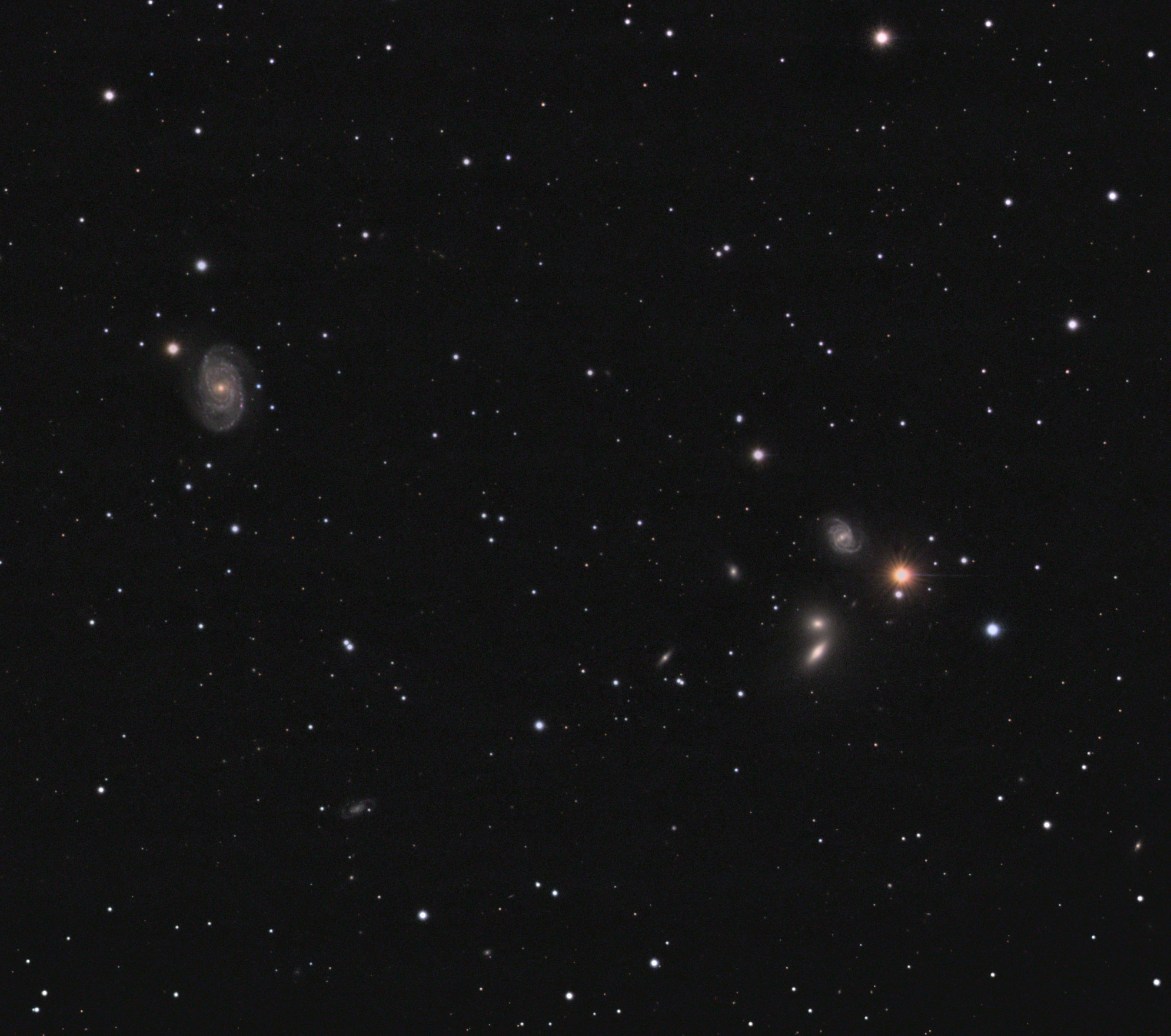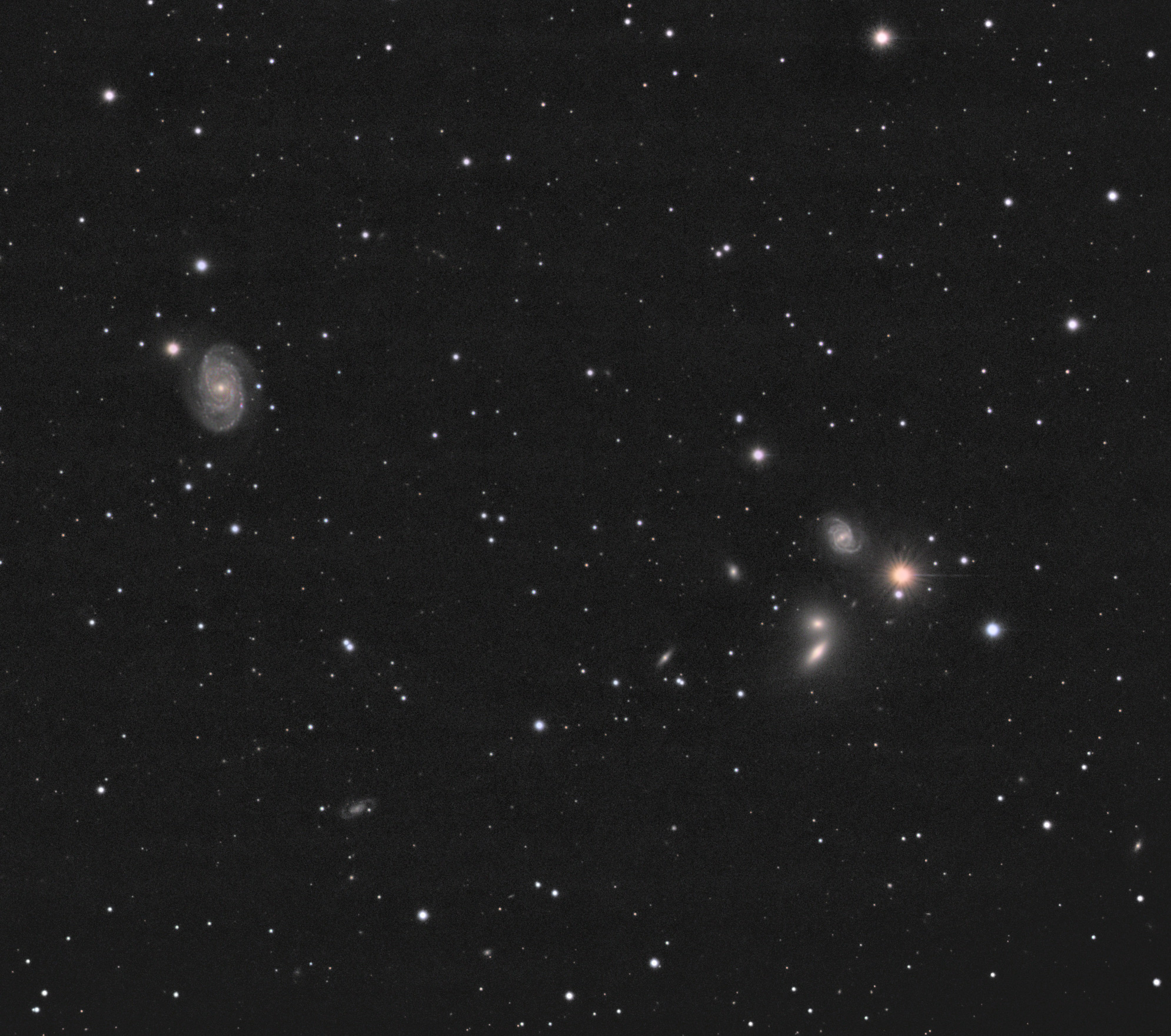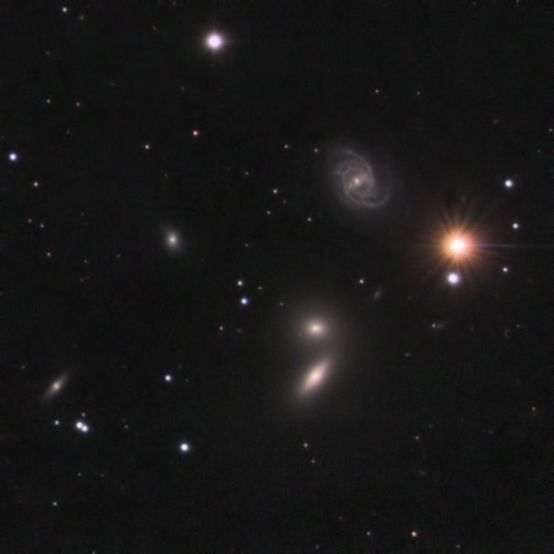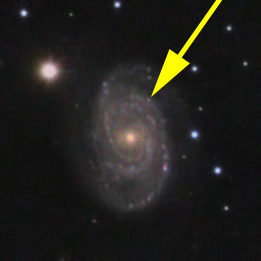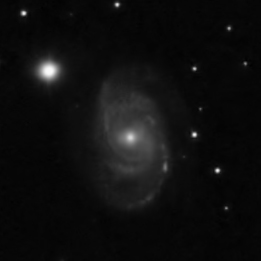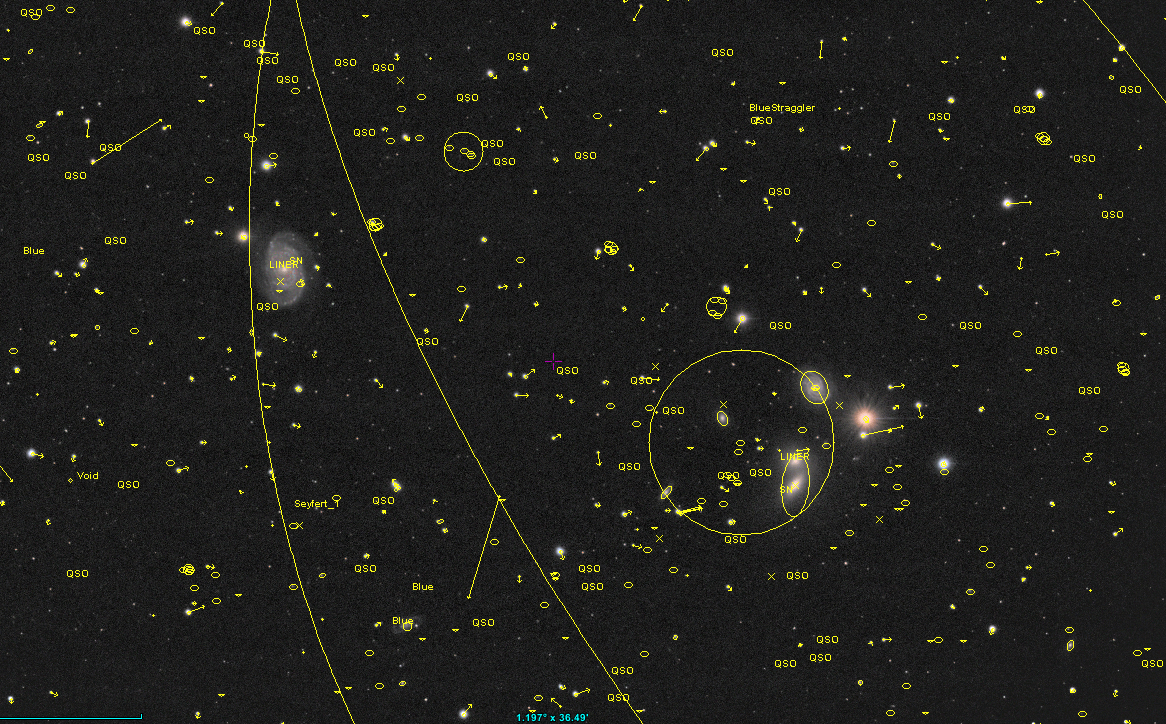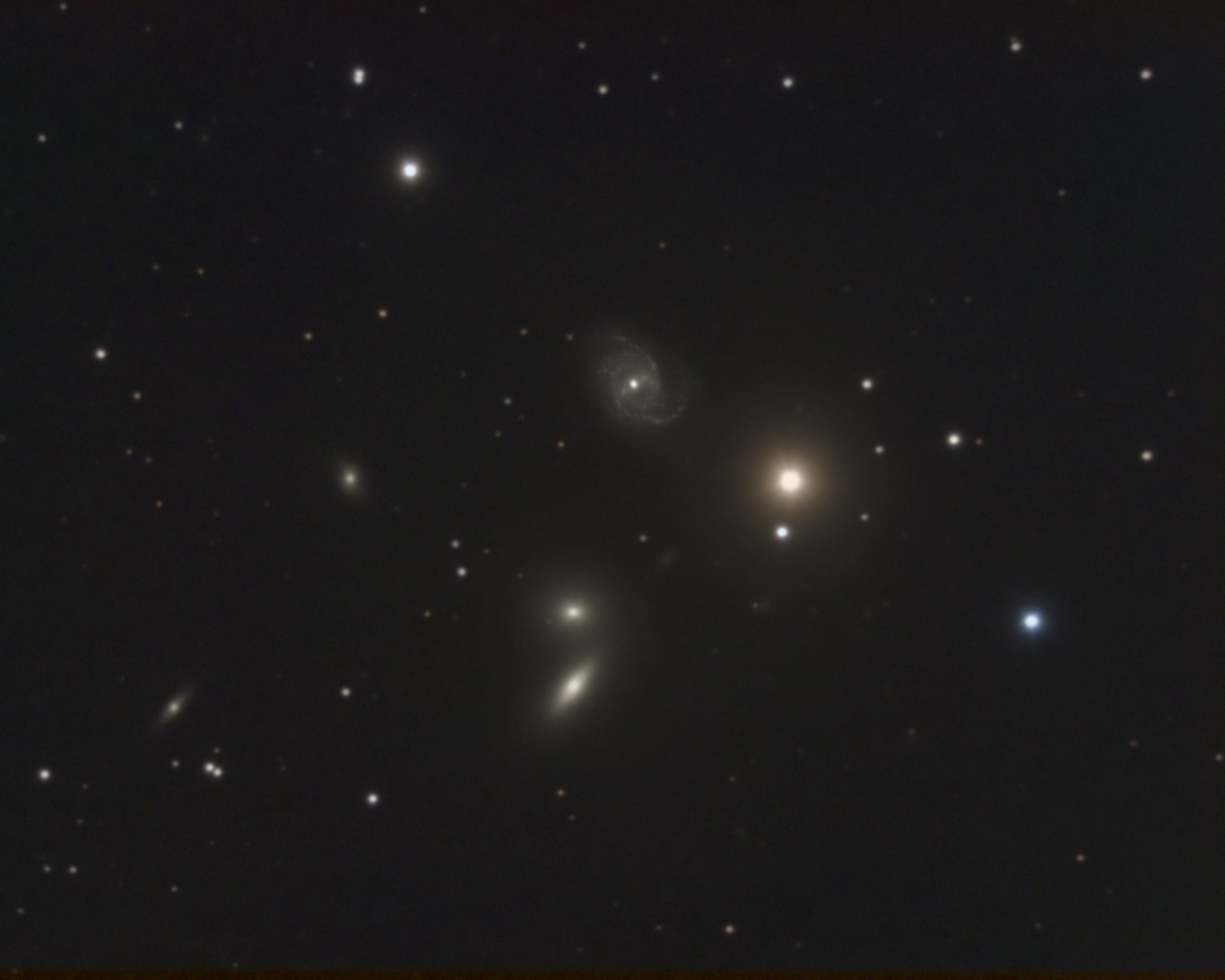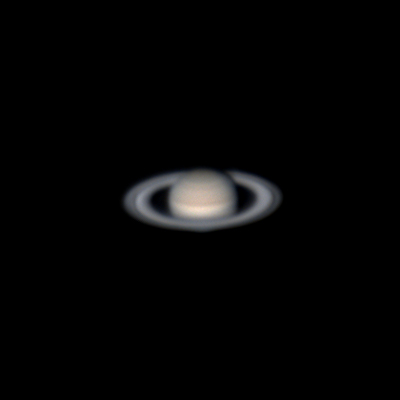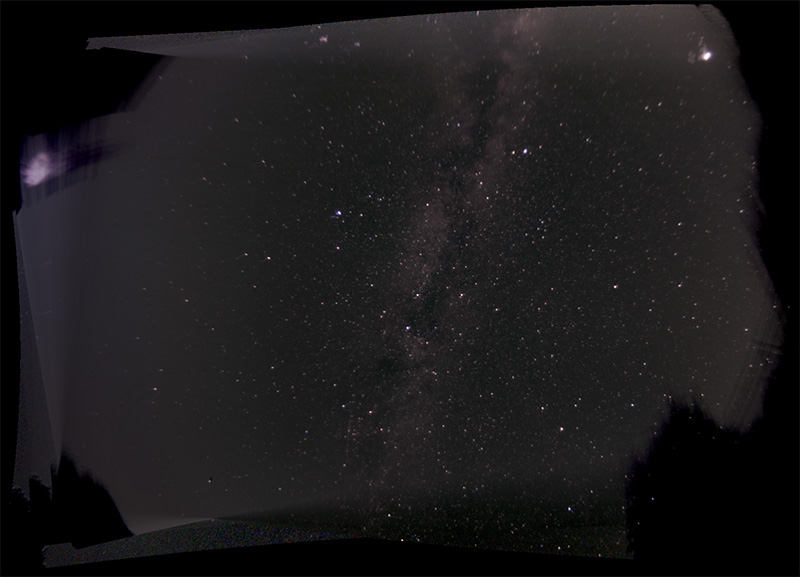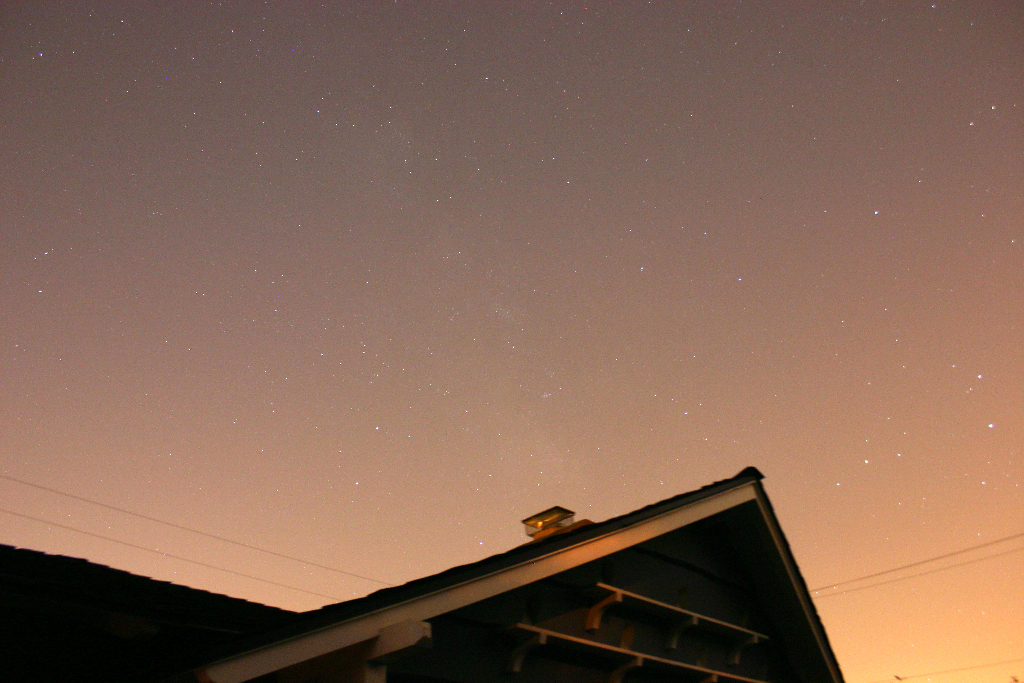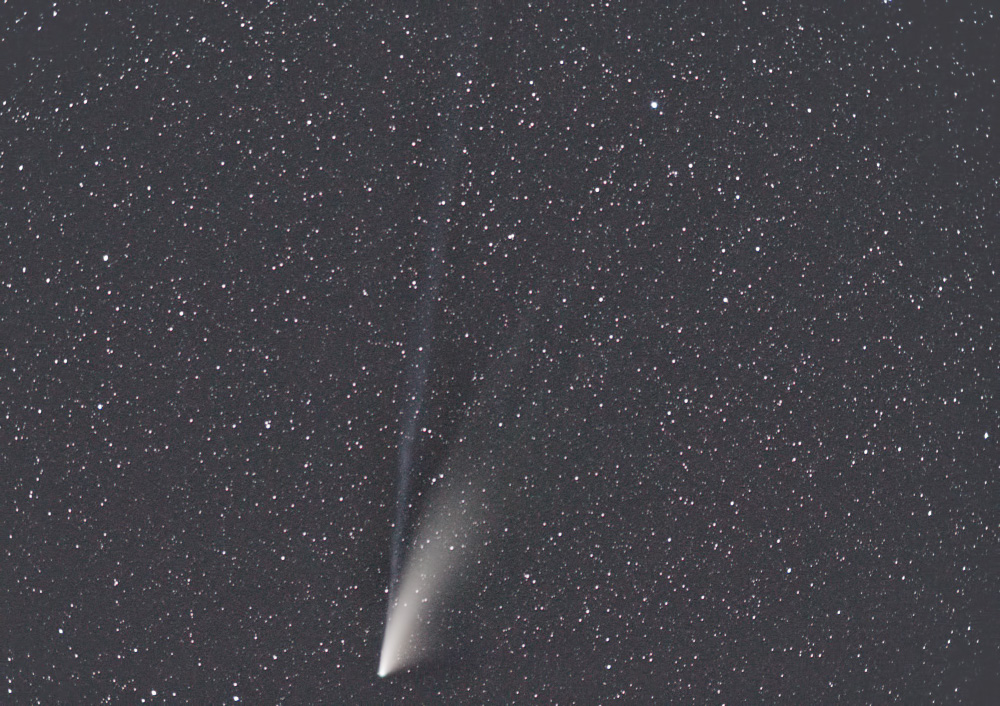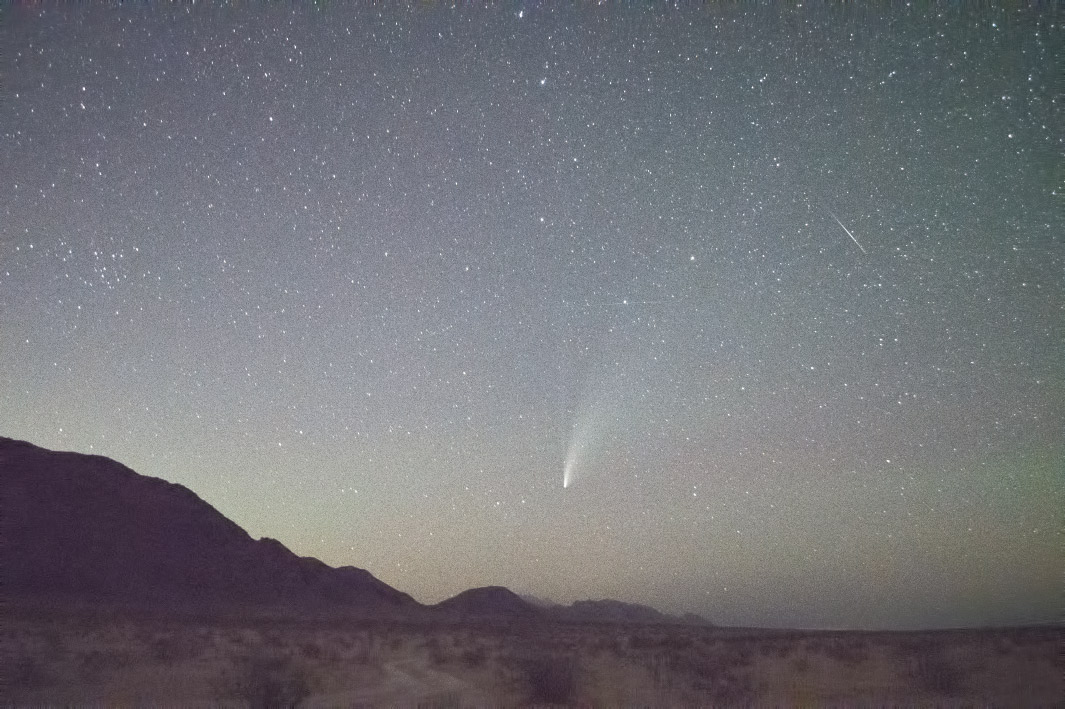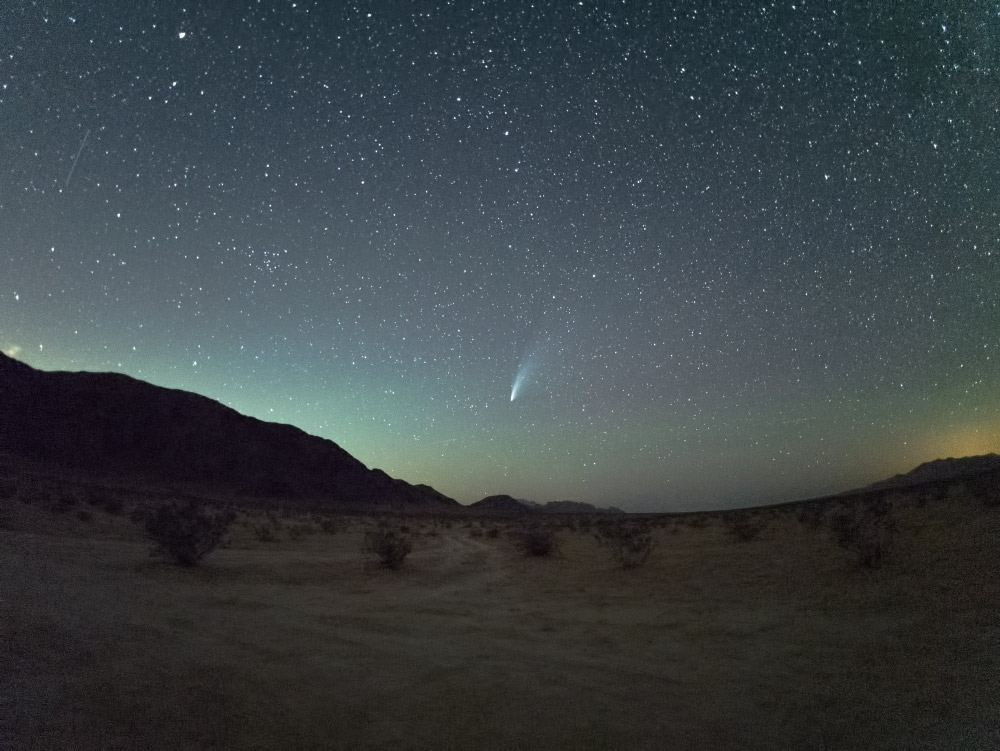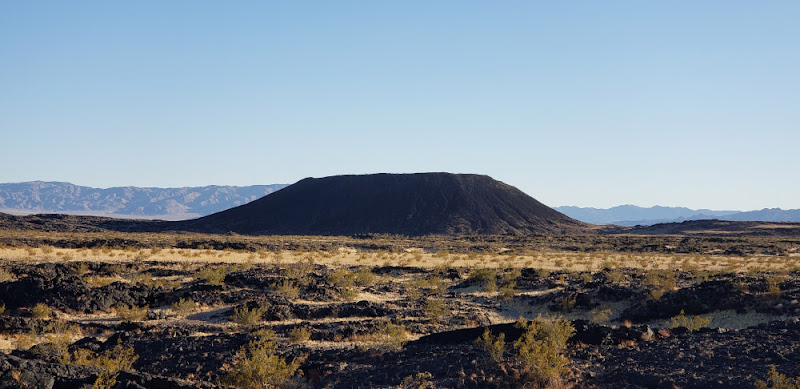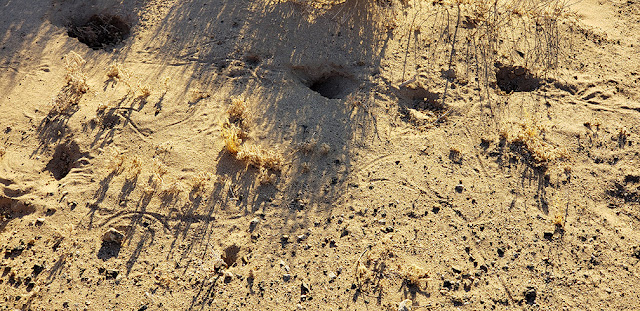Try increasing gamma if dark sections aren't distinguished
Sunday, September 20, 2020
Compact Galaxy Group Hickson 68 and a supernova
Monday, September 7, 2020
saturn and jupiter, preparing for the great conjunction
a late start on the gas giants this year due to comet neowise hoopla, here's my first of the year, a quick shot thru my smaller SCT:
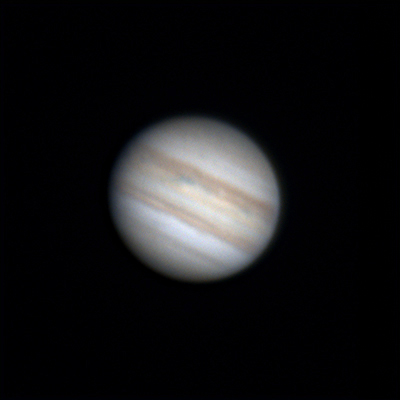 |
| Jupiter 8/26/20 6:01 UTC |
A GREAT CONJUNCTION of jupiter and saturn this december is getting hyped. every 20 years or so, jupiter laps saturn in it's orbit, which means for a brief period they are very close together visually. This year, on December 21, they will be separated by only 6 arcminutes--the closest conjunction in 400 years. this means the two can be seen in the same telescopic field. Their moons will almost overlap.
OK realistically speaking, the planets will both be very low in the sky at this time of year. therefore, the seeing will be poor, limiting the ability to get fine detail. furthermore, the field of view required to capture all the objects will be too large to portray fine detail. that being said, the juxtaposition will probably look pretty cool to veteran astronomy buffs who are not used to seeing the two objects in the same field.
Visually, you can "prepare" for the conjunction, by watching the two planets grow closer together in the evening sky. photographically, i'll have to work to get a planetary imaging system with a large field of view. i may actually use a refractor ;)
More information:
Tuesday, August 25, 2020
a perseid
back in eastbluff i decided to try out my D850 on the perseids on 8/11/20. an extremely bright meteor streaked like lighting across the sky as i set up my camera at round 10 or 11 pm...only caught one with the camera over the next 3 hours:
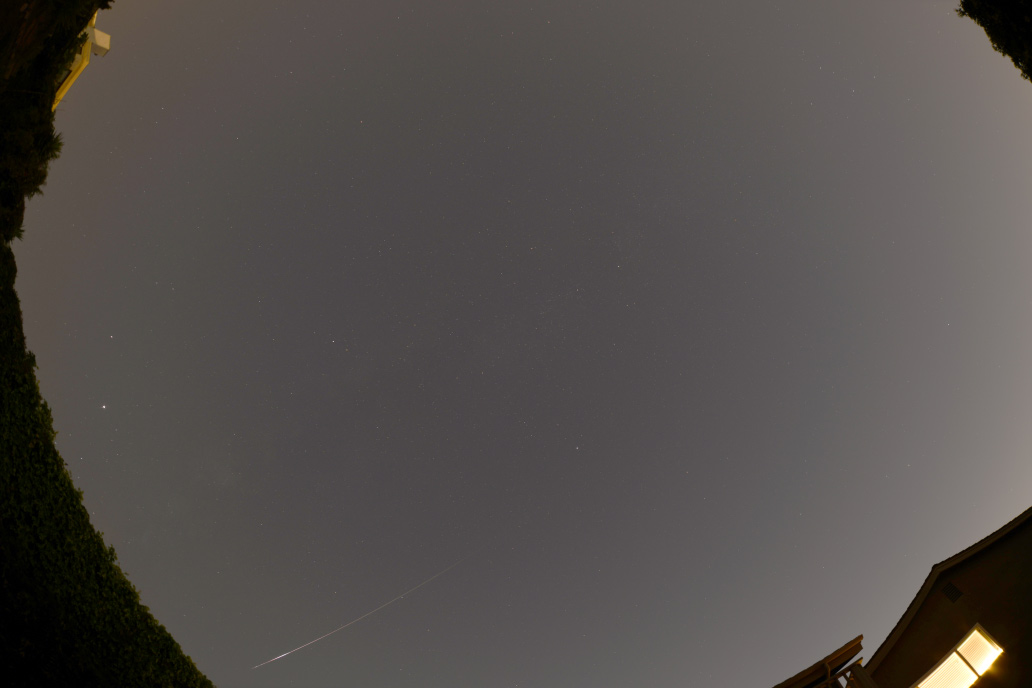 |
| Perseid 8/11/2020 |
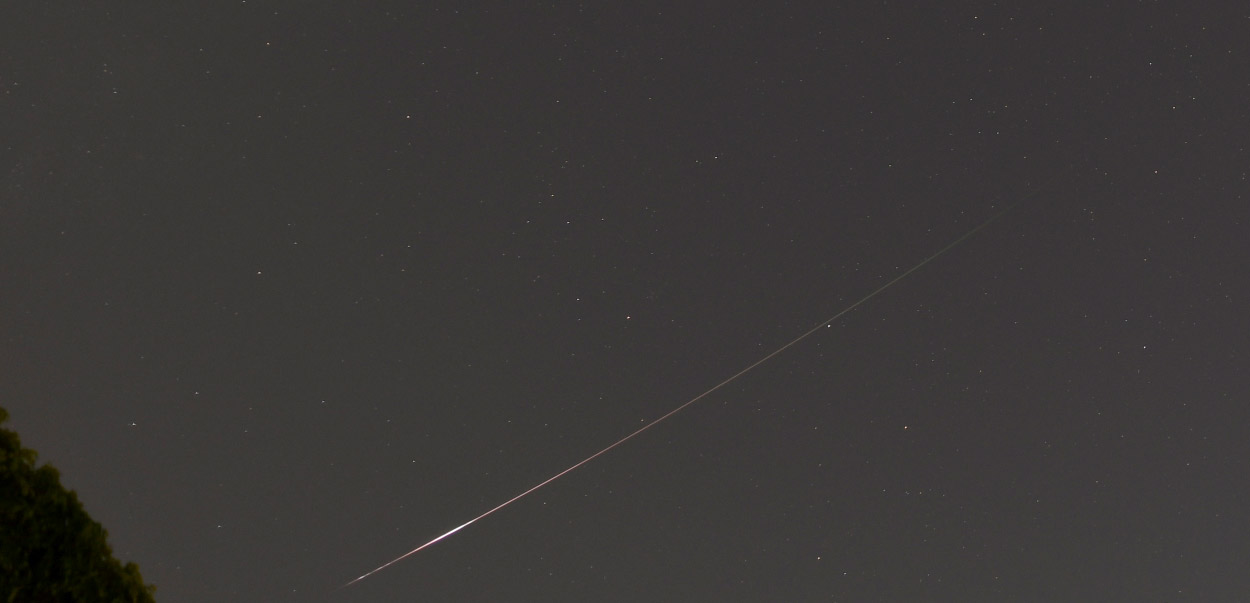 |
| close up |
Saturday, August 22, 2020
our galaxy
the milky way has been on my to do list for a while. here's a shot from the desert:
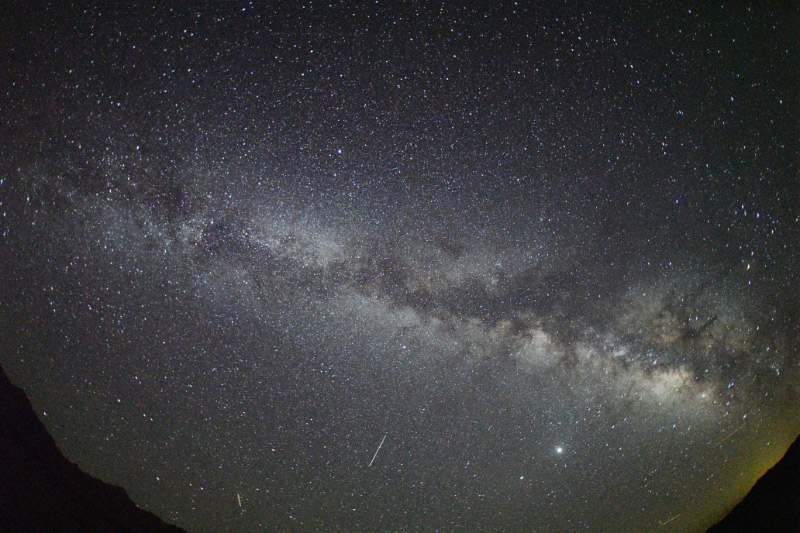 |
| Milky Way 7/21/2020, Sheep Hole Valley Wilderness, Mojave Desert |
my best to date, though somewhat anticlimactic as it was a 20 second afterthought while shooting comet neowise
another edge on galaxy for comparison:
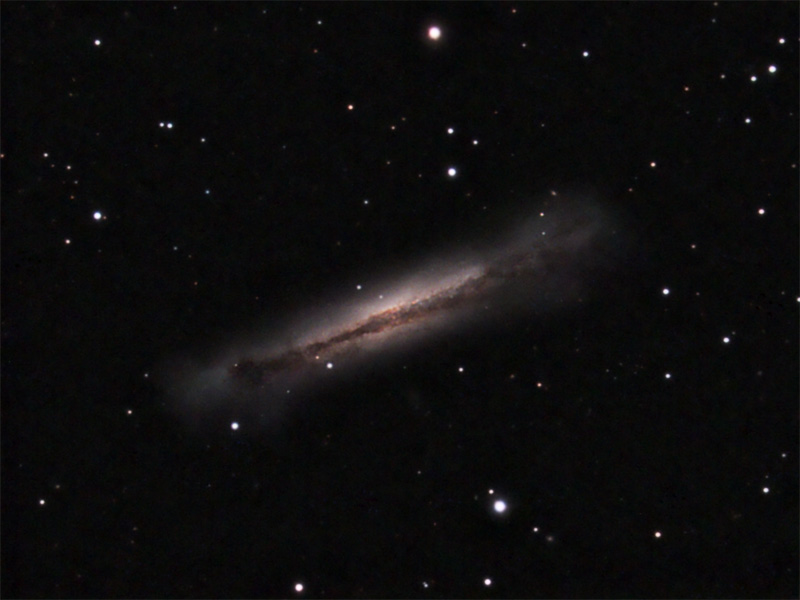 |
| NGC 3628 35 million light years away 2007 |
Sunday, August 16, 2020
NEOWISE C/2020 F3 from the desert
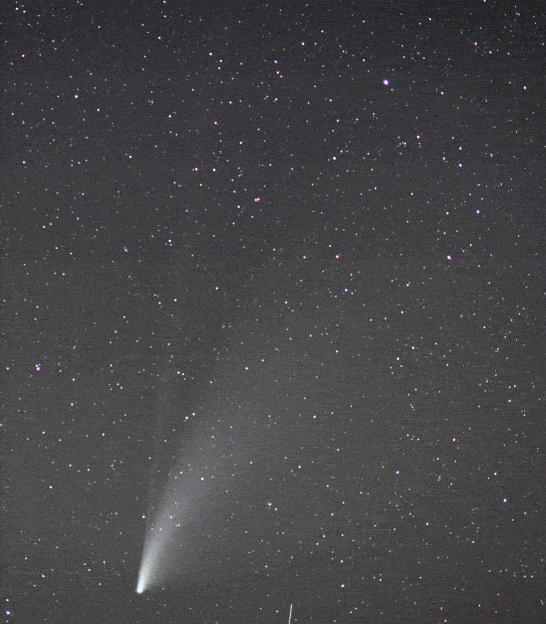 |
| comet NEOWISE C/2020 F3 animation, series of 3 second exposures 7/21/20 |
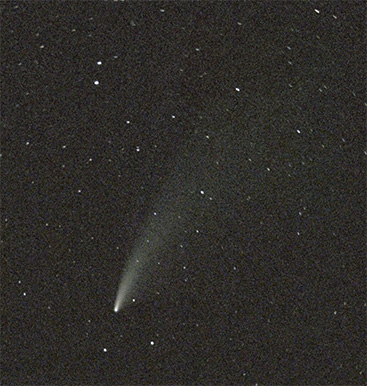 |
| Nikon D60 stacked and processed |
 |
| Samsung Galaxy Note 9 single frame |
the sheep hole mountains on the left of the widefield are shielding the barstow (and 29 palms) light dome which i assume can be seen from much of joshua tree when looking NW:
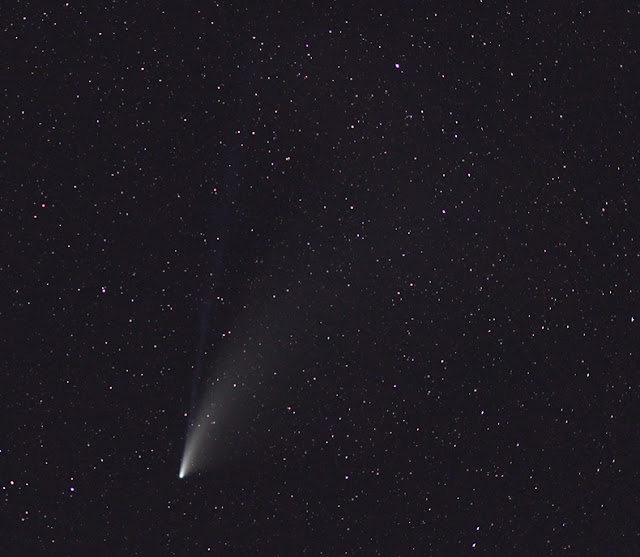 |
| NEOWISE 7/21/20 5 sec ISO 6400, better star color and green at comet core |
Sunday, July 12, 2020
comet NEOWISE C/2020 F3
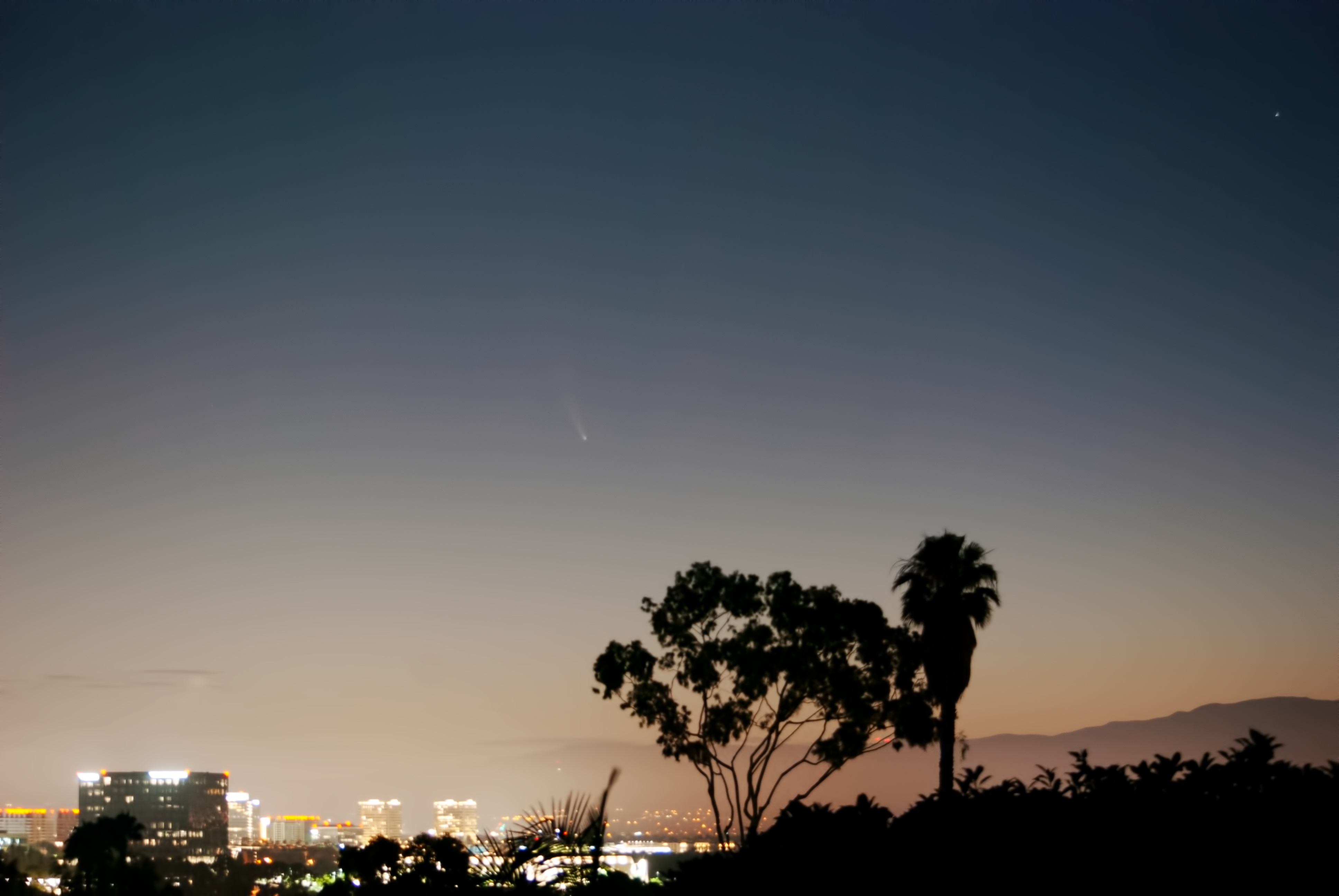 |
| Comet NEOWISE C/2020 F3 over Irvine 7/12/2020 |
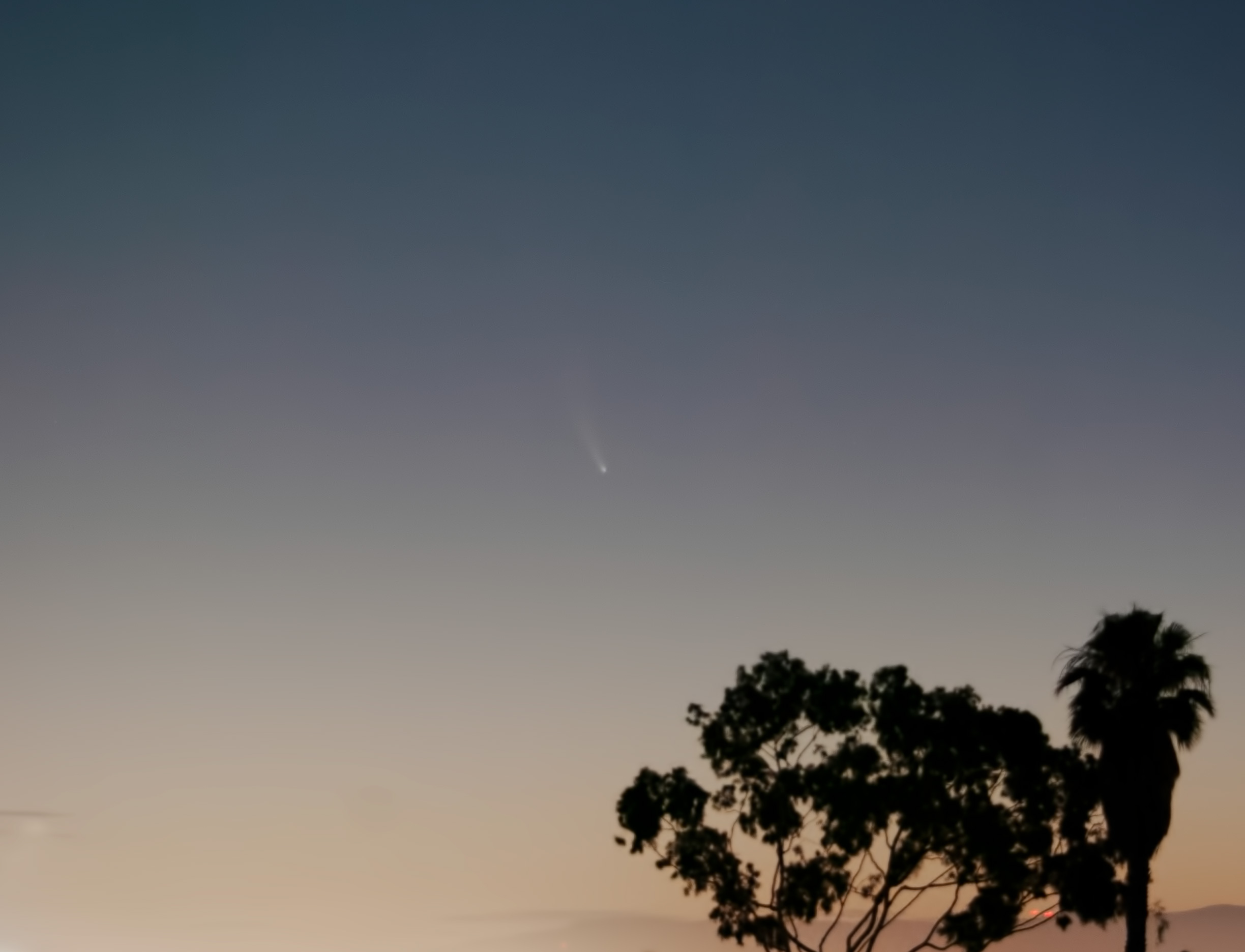 |
| Comet NEOWISE C/2020 F3 7/12/2020 |
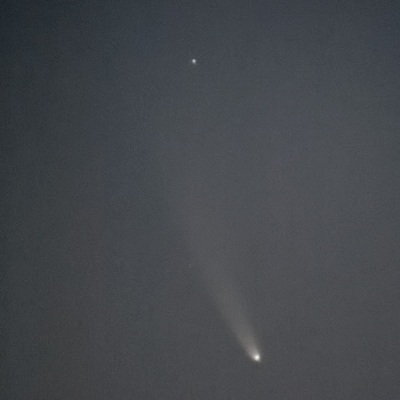 |
| Comet NEOWISE C/2020 F3 7/12/2020 |
Thursday, March 12, 2020
The fainting of Betelgeuse
Recently, the star Betelgeuse (orange "shoulder" of Orion) faded from the 10th brightest in the sky to about 26th. No longer a beacon, it faded almost to the level of Orion's belt, and well below the level of blue Rigel (Orion's forward foot). This is the most faint ever recorded (observes have been tracking it with the use of reference stars for ~200 years). Many in the astronomy field were excited by this as it might be the harbinger of a supernova in our "back yard", an event not witnessed in living memory.
The relatively dark image of orion below was processed to preserve relative brightness and color. you may need to darken the room and/or adjust your monitor to see it well. pretend you're looking at stars...
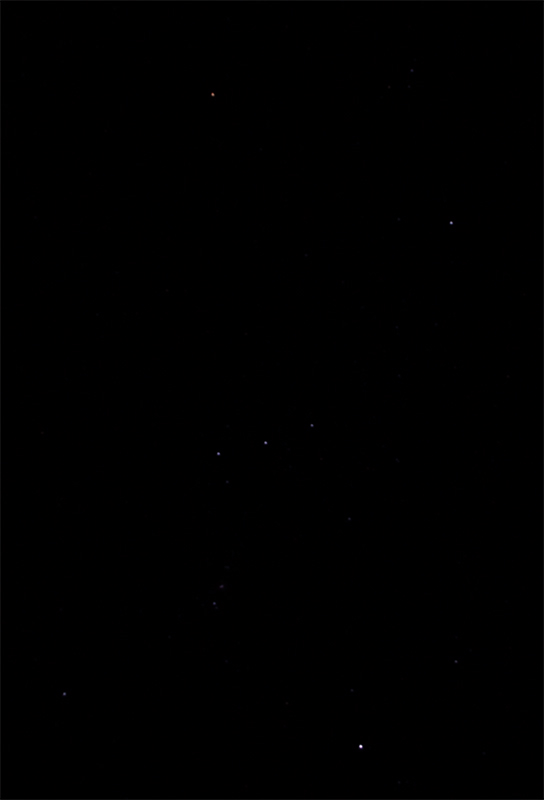 |
| Orion linear stretch to preserve relative brightness. Note that orange Betelgeuse (upper left) is closer to the brightness of the belt stars,than bright Rigel (lower right) |
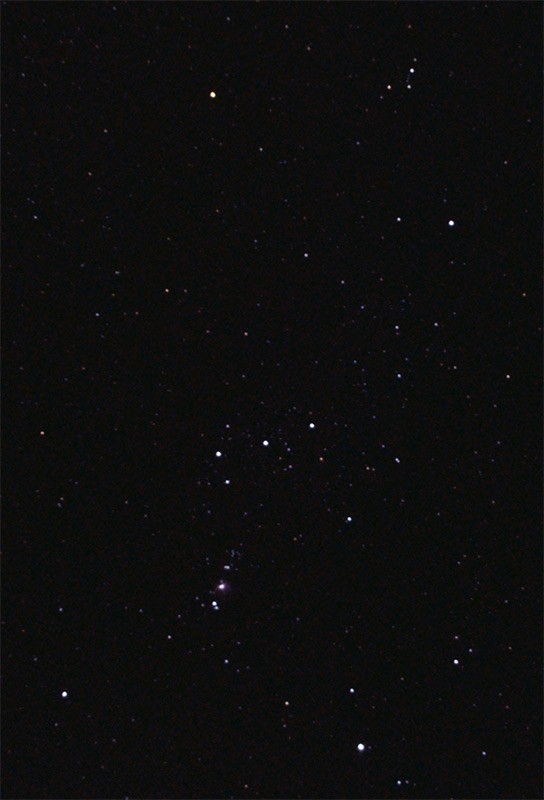 |
| stretched version showing orion nebula in the sword below the belt |
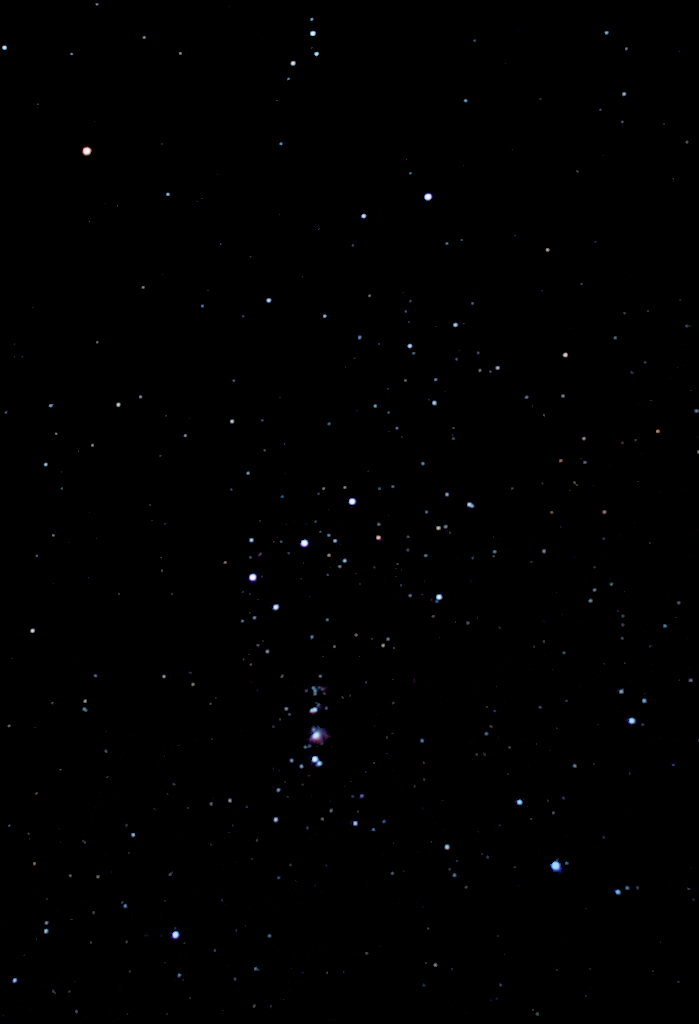 |
| Here's my last attempt from 2005. Is Betelgeuse brighter? |
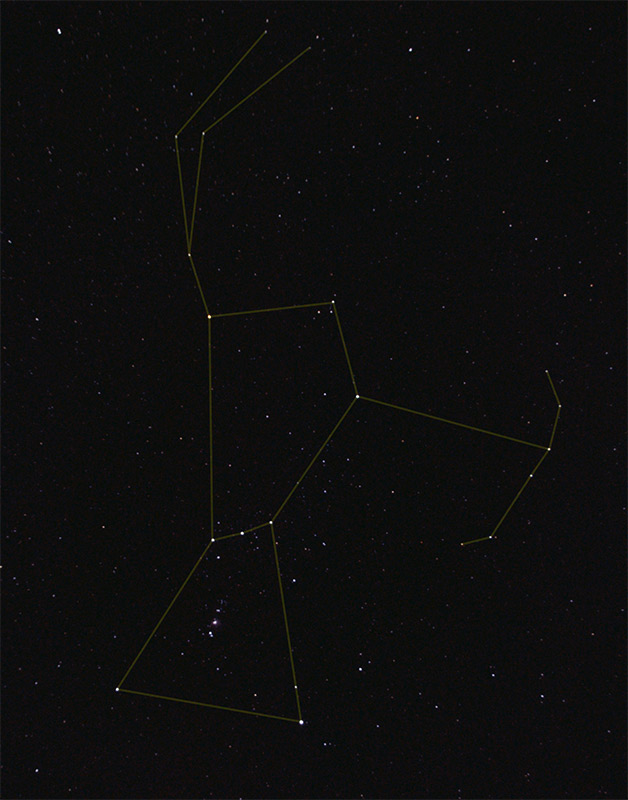 |
| full constellation just for fun (2/26/2020) |
If Betelgeuse were to go supernova, it would likely be so bright it would be easily visible during the day. It might eventually leave Orion's shoulder with a blood red nebula the size of the full moon: as if Taurus' horn gored Orion's shoulder (Pamela Gay, Astronomycast).
Why might this happen? Betelgeuse is a cool red supergiant star (diameter the size of Jupiter's orbit) who's brightness varies periodically with time. The variation in brightness is due to change in the actual size of the star. For reasons not entirely clear, the star periodically shrinks and expands, creating a smaller or larger surface from which light shines.
The thing about supergiant stars is that they are known to go supernova. They "burn" (fuse elements) so fast, that they eventually run out of fuel (actually they fuse elements up to the size of iron which doesn't like to fuse and stops the process). When that happens, the light pressure holding the stellar surface out disappears and the star gravitationally collapses until...BAM supernova leaving a tiny neutron star in the center (like the crab nebula).
So perhaps the fainting was due to a pre-supernova collapse...
To the dismay of some, Betelgeuse began to brighten again in late February 2020. A Spectrographic study indicated that the dimming was due to intervening dust expelled from the star.
a few more gems in orion:
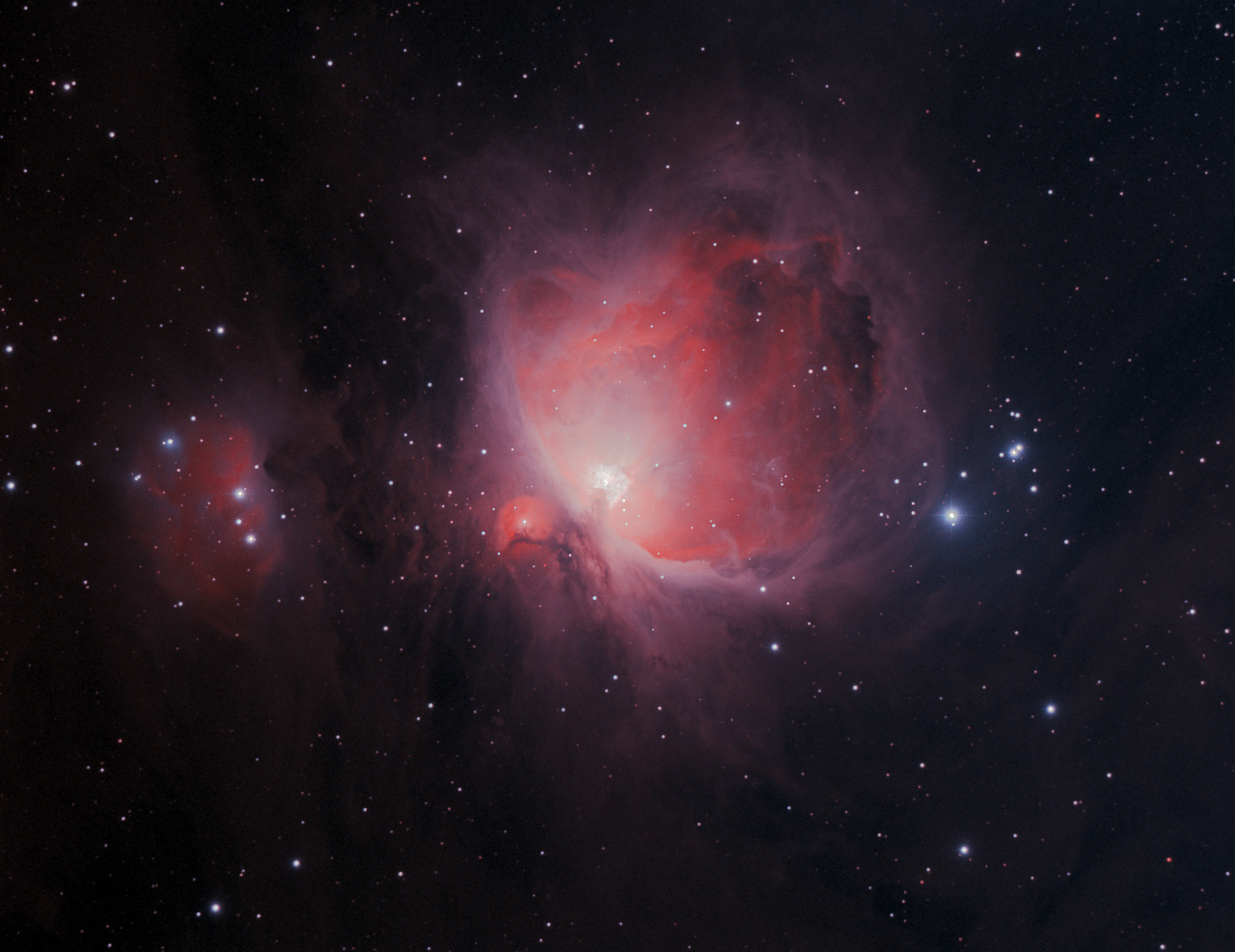 |
| Orion Nebula (Ha-OIII) (1/2009) Click for full size |
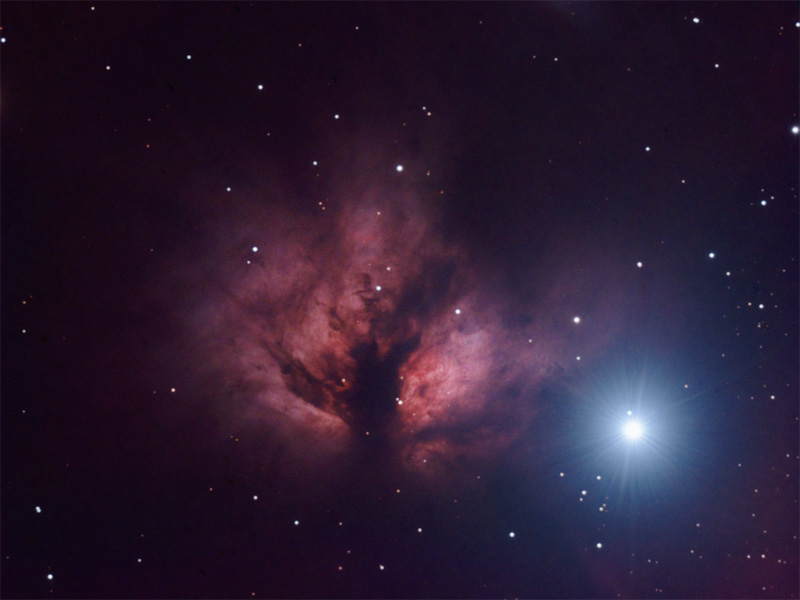 Flame nebula in orion with belt star alnitak blazing away (12/2006) 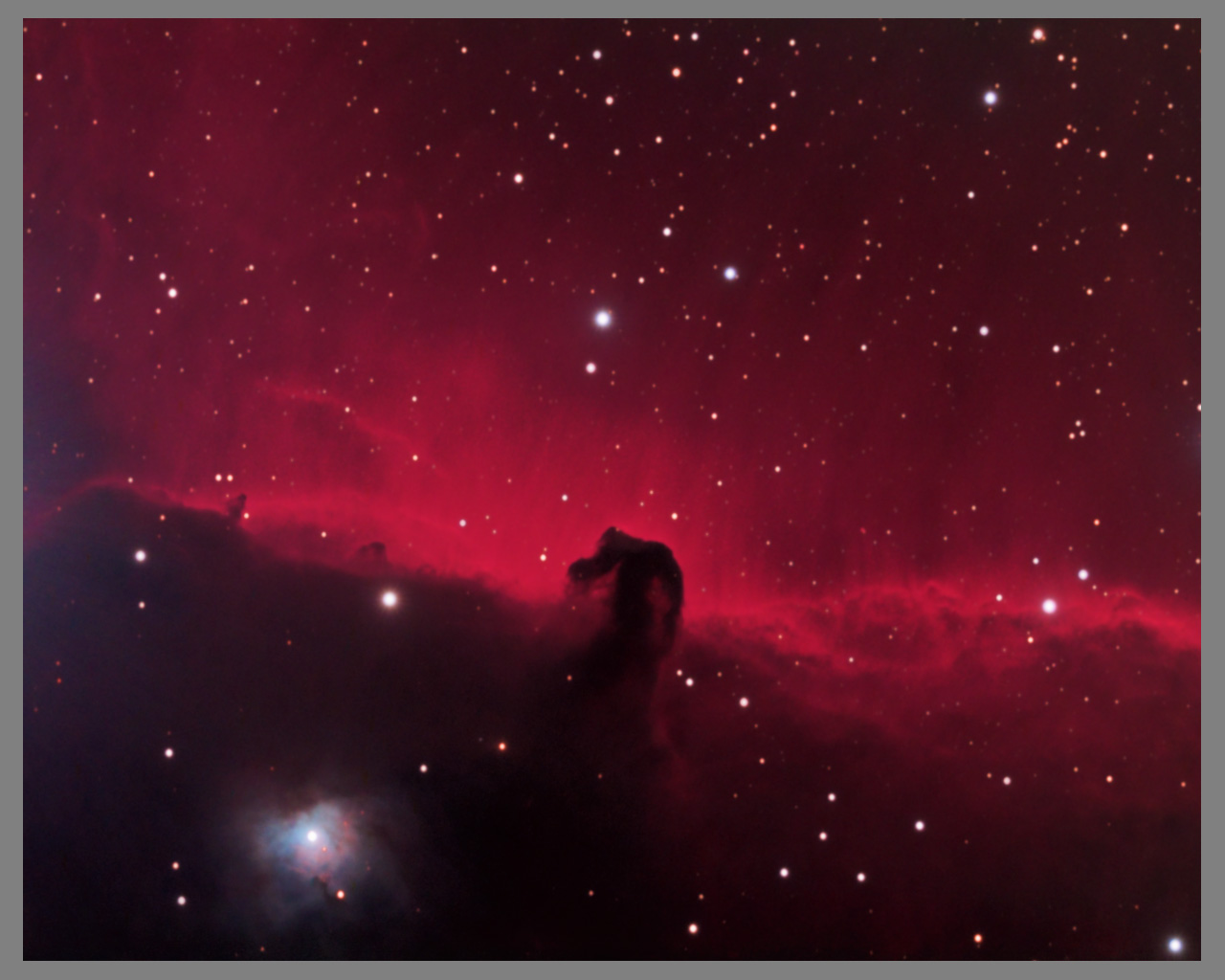 |
| Horsehead nebula-blue glare left caused by Alnitak (off frame) in orion's belt. (HaLRGB 12/2007) |
Orion constellation
Nikon D60
stock lens (18-55) @36 mm f/5.3
12 x 5 sec
Eastbluff, CA 2/26/2020
2005
Canon Digital Rebel 300d
stock lens
Orion nebula
FS60C f/4.2 FR Baader 8.5 nm Oiii/CS 10 nm Ha filters, H9
Ha 35x5 min + 26x30 sec, Oiii 29x5 min +33x30 sec
12/5,8,9/2008
los alamitos, CA bortle white skies
poor seeing fair transparency for area
Flame nebula
fs102 idas LPR H9C
30x5 min
it was tough controlling alnitak in processing
12/2006
los alamitos, CA bortle white skies
Horsehead nebula
FS 102 @~f/6 (618mm) with TOA reducer; IDAS LPR, CS 10 nm HA; h9/h9c; guiding with toucam on celestron f/5 80mm wideview.
rgb 83x5 min, luminance 66x2 min, HA 19x20 min
12/10-16/2007; los alamitos, CA; usual bortle white skies; several nights of above average transparency (for the region); fair to poor seeing HFD 3.8-4.7
